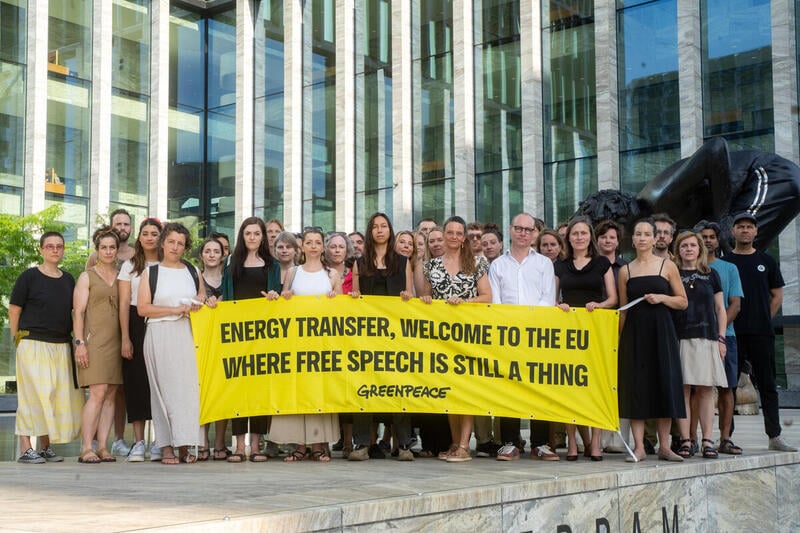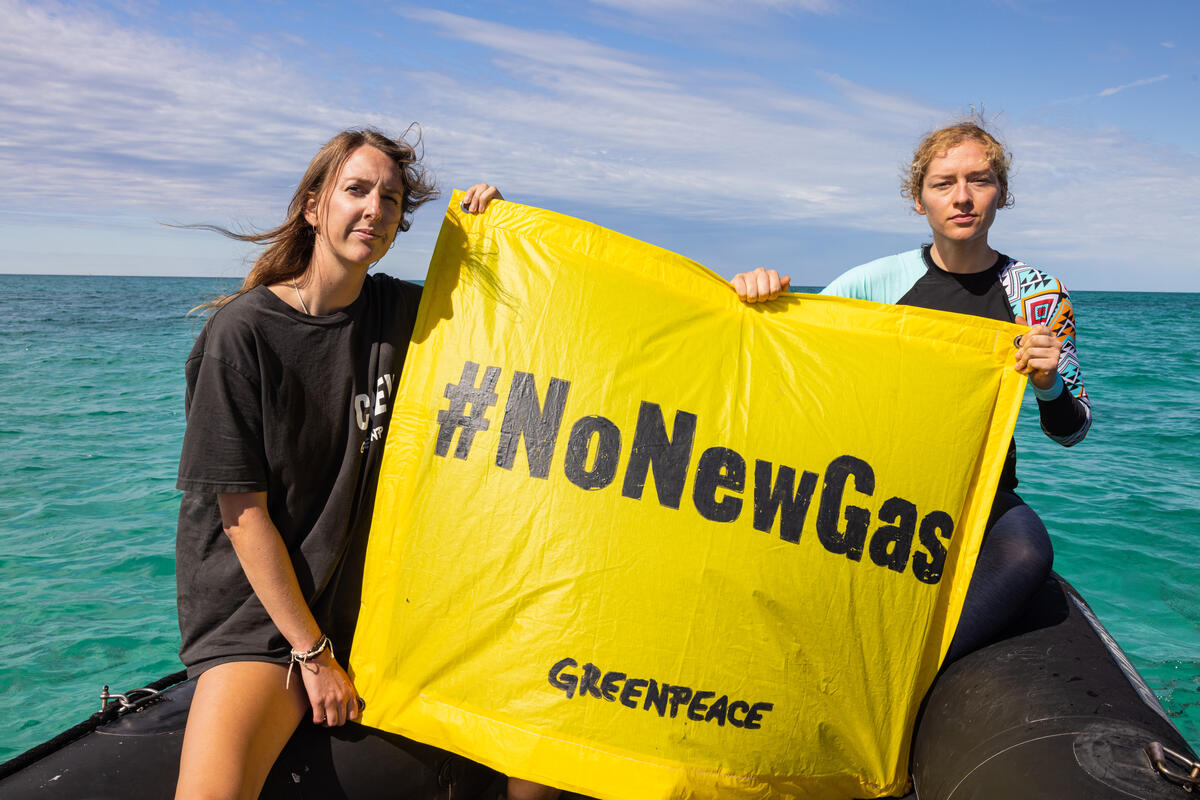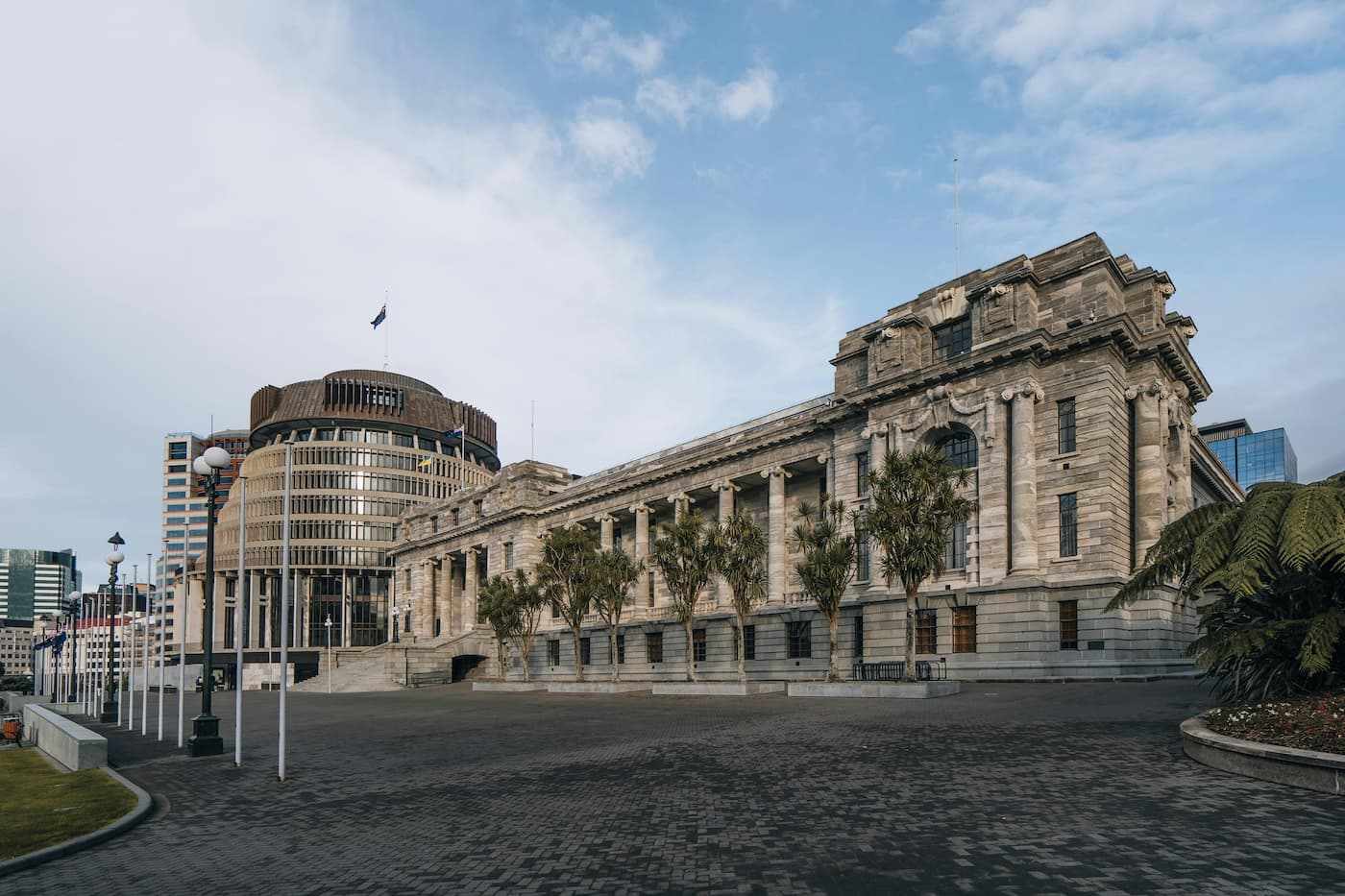We have all been horrified by the tragedy in Te Tai Rawhiti and Hawkes Bay – the massive jumbles of pine tree ‘slash’ (branches, tree crowns, wood and logs) that was washed off recently harvested hills clogging rivers, destroying homes and businesses and taking lives. We are wondering how can this be happening again. My heart goes out to the communities who have been so badly impacted in those areas.
It didn’t have to be this way.
To understand how this occurred and what can be done it’s helpful to review the land use history of the region. After being cloaked in forest for millennia, the land was largely deforested for farming in the late 19th and early 20th centuries. Growing grass didn’t hold the hills up, culminating in disaster when Nature lashed out with Cyclone Bola in 1988. After Bola it was quickly realised that the land needed trees to hold the erosion-prone hills together. The mistake was to plant pine monocultures that will be logged in large clearfell areas instead of restoring the hills with permanent native forests, as well as insufficient buffer zones around streams and rivers. The future was set with these rows of pine seedlings.
Following the events of Bola and the subsequent explosion of pine plantations in the early 1990s, as well as massive erosion events on steep lands in the Coromandel, Motueka, and elsewhere, Greenpeace researched and documented the impacts of tree plantations (they are not forests). The result was the report ‘The Plantation Effect’ published in 1994.
Based on forestry science literature, critical unsustainable aspects of monoculture tree plantations were identified in the report, including:
- the clearance of native forest for plantations,
- degradation of riparian areas and waterways,
- destructive planting and logging methods,
- slope instability following clearfelling, and
- increased risk and uncertainty due to climate change.
Greenpeace was accused of economic ‘treason’ and the plantation industry went into full defensive mode, arrogantly claiming they knew best.
However, these companies knew well the risks of planting and logging monoculture plantations on steep unstable hill country. The science had been done. But greed to make a return from trees already and to be planted, and government support garnered by forestry lobbyists lead to large-scale planting of pines. Like the tobacco and oil corporates, they are liable for carrying out an activity that they knew would cause harm. Nature just pulled the trigger with climate change supercharged storms. These companies such as Ernslaw One, Aratu Forests, Juken NZ Limited, and PF Olsen pleaded guilty and were convicted and fined for the 2018 floods and slash event. They will now be in courts again and will need to pay up, clear and dispose of existing slash, and immediately stop harvesting on any steep or erosion risk lands.
The irony is that these criminal companies hold the green label of Forest Stewardship Council (FSC) certification and are additionally legally required to meet the National Environment Standards for Plantation Forestry.
The FSC certification Standards they should have been complying with include:
- assessing environmental impacts prior to commencement of site disturbing operations (including soil erosion, water quality and hydrological impacts, and damage to riparian/ stream buffer strips),
- implementing guidelines to control erosion, minimize forest damage during harvesting, road construction, and all other mechanical disturbances, and protect water resources, and
- the techniques and rate of harvesting, road and trail construction and maintenance, and the choice of species shall not result in long term soil degradation or adverse impacts on water quality, quantity or substantial deviation from stream course drainage patterns.
They are clearly in breach of these standards and their FSC certification should be axed.
There are many immediate actions and long term fixes to the plantation slash problem, many of which we recommended in 1994 in The Plantation Effect but were ignored by industry.
Firstly, primarily, we need a full reset of the attitude towards Nature and land use, kaitiakitanga i te whenua, particularly on vulnerable lands. We need to take stock of and acknowledge the impact of colonisation that destroyed nature and ecosystems, as well as extreme weather resulting from climate change caused by rampant industrial activity. The obvious solution is to immediately restore the erosion prone unstable areas to native forest. This would provide permanent forest cover for those areas, the maximum soil and slope protection, and be a boon for restoring our lost biodiversity as well help expand high value non-wood forest products such as manuka oil and honey. At a minimum for any harvesting or ongoing planting of plantations alongside that, it should only be continuous cover forestry so these unstable hillsides are never left without trees to hold them and intercept rain.
Secondly, the streamside riparian zone needs to be greatly widened in areas where forestry does continue, and expanded to the smaller feeder streams. Clearly the current zone width is not working so a precautionary wide zone is needed that reflects the risks, so they can really do their job as buffers as well as biodiversity corridors.
Thirdly, with the climate crisis upon us we need to double down on ending fossil fuel use and cutting agriculture emissions while at the same time putting a stop to carbon offsets that undermine emission reductions through letting polluters simply buy carbon credits. Recent investigations have found nearly all carbon credits are just hot air. New Zealand has too many cows and too many cars, and carbon offsetting will not get us off the hook.
Finally there needs to be an equitable transition path, given the significant local employment in the plantation sector, for the move away from plantations on steep high erosion risk land. District plans need changes to restrict plantations and logging, government support is needed for communities to restore native forests (but no handouts to the companies), and the governments aspirational tree planting plans such as the One Billion Trees Programme need to exclude funding for exotic plantations.
The climate crisis is really starting to hit hard now and the damage is compounding. Some of the communities so badly impacted by Cyclone Gabrielle had barely recovered from Cyclone Hale before it, and they know that it’s only a matter of time before the next storm comes and the next avalanche of slash crashes down into their already battered communities.



